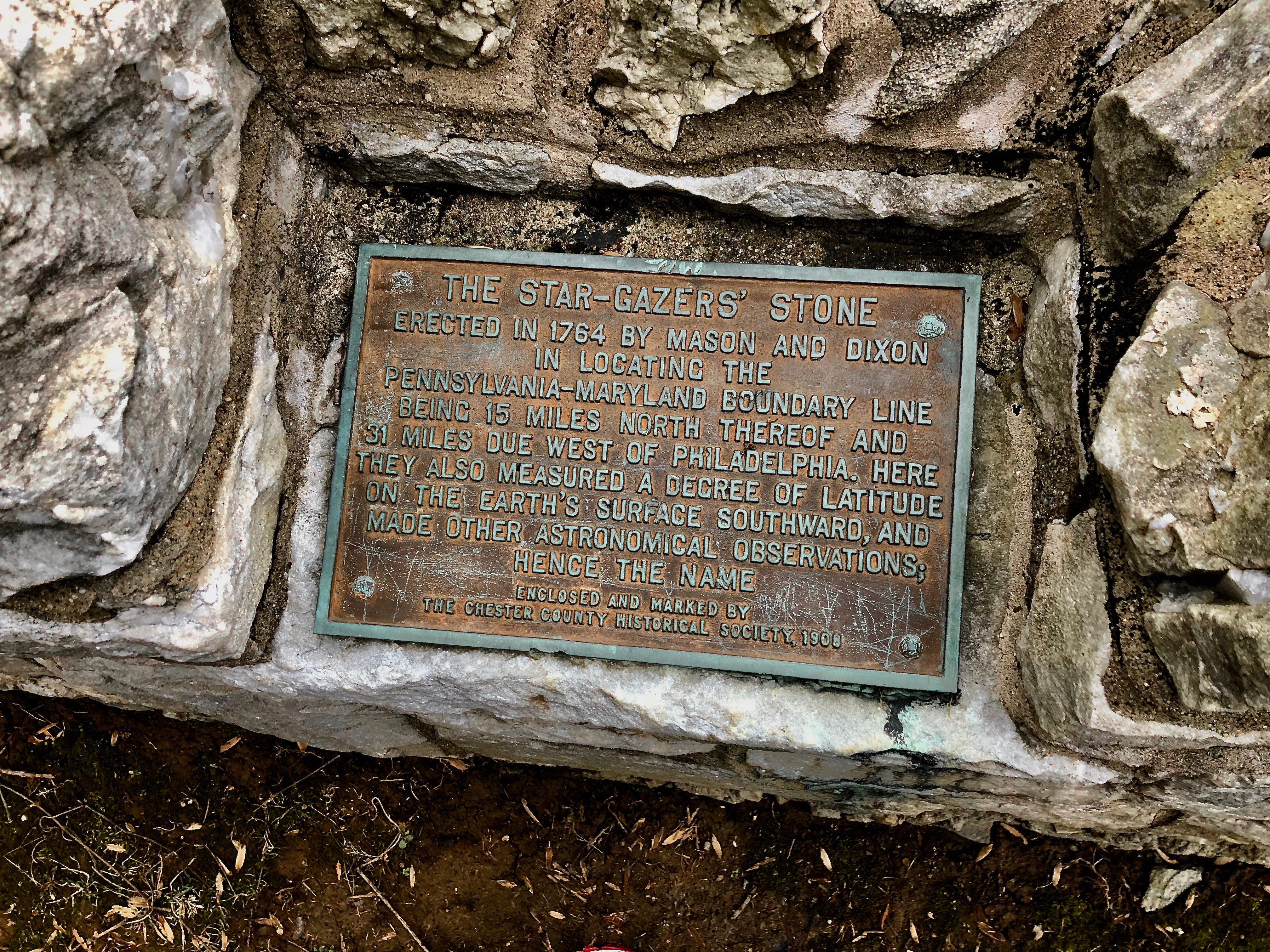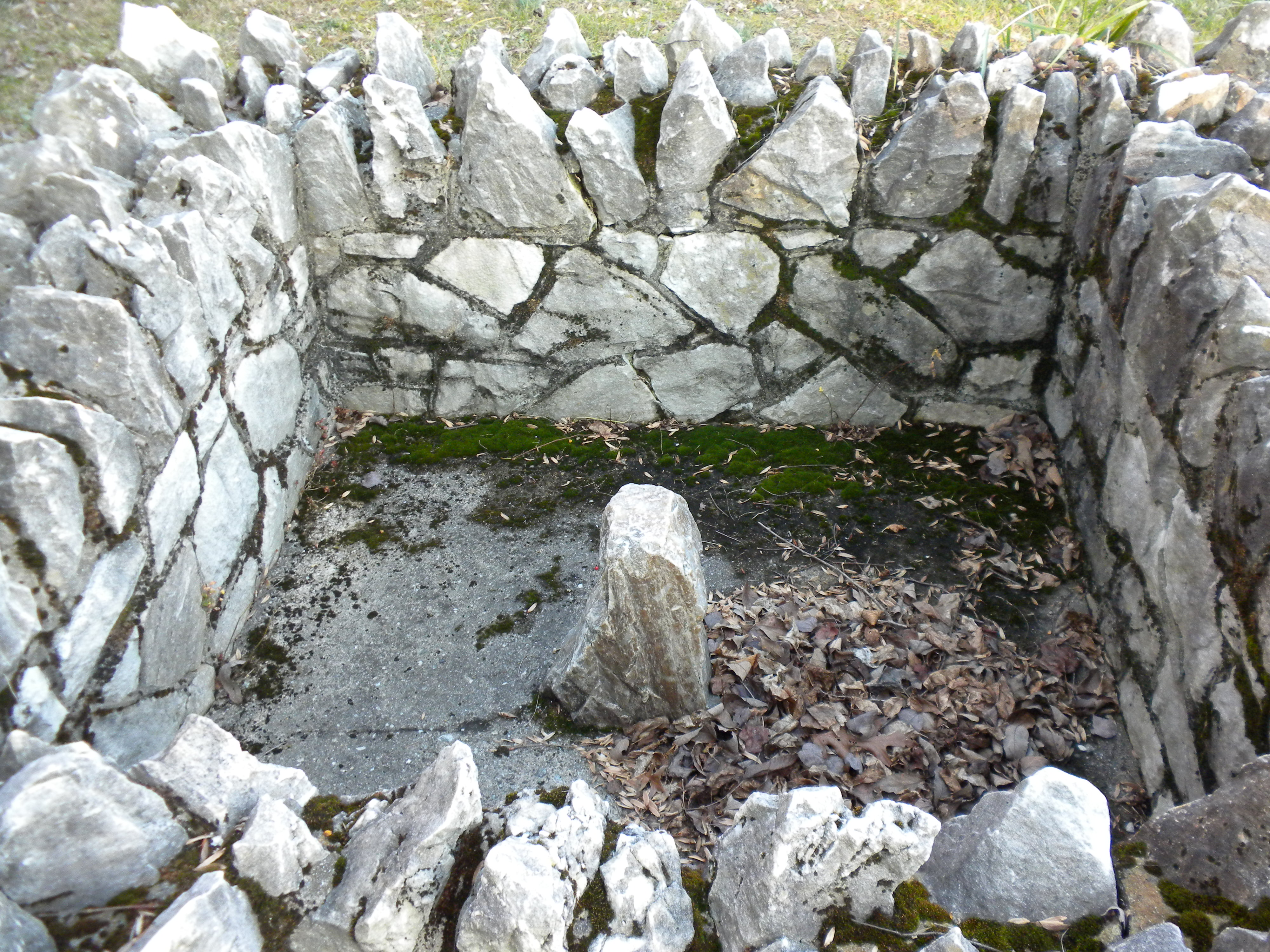|
Penn V Lord Baltimore
''Penn v Lord Baltimore'' (1750) 1 Ves Sen 444 was a judicial decision of Lord Hardwicke LC in relation to the long-running Penn–Calvert boundary dispute. The case is important both as a legal precedent under English law (in relation to the extent to which the English courts may act in relation to matters involving title to foreign land), but also as an event in its own right during a formative period of the pre-history of the United States. The decision helped end the 85-year dispute over the Pennsylvania–Maryland border, although the issue was not definitively resolved until King George III formally approved the newly surveyed Mason–Dixon boundaries in 1768. Ironically, just seven years later the American Revolution occurred, and both parties essentially lost all of the lands they had been arguing over for so long. Background The background to the dispute is slightly complicated, and it relates to a number of different charters given to the Penn family and the Ca ... [...More Info...] [...Related Items...] OR: [Wikipedia] [Google] [Baidu] |
Philip Yorke, 1st Earl Of Hardwicke
Philip Yorke, 1st Earl of Hardwicke, (1 December 16906 March 1764) was an English lawyer and politician who served as Lord High Chancellor of Great Britain. He was a close confidant of the Duke of Newcastle, Prime Minister between 1754 and 1756 and 1757 until 1762. Background A son of Philip Yorke, an attorney, he was born at Dover. Through his mother, Elizabeth, daughter and co-heiress of Richard Gibbon of Rolvenden, Kent, he was connected with the family of Edward Gibbon the historian. He was educated at a school in Bethnal Green run by Samuel Morland, a nonconformist. At age 16, Yorke entered the attorney's office of Charles Salkeld in Holborn, London. He was entered at the Middle Temple in November 1708, and perhaps recommended by his employer to Lord Chief Justice Parker as law tutor to his sons. In 1715, Yorke was called to the bar, where his progress was, says Lord Campbell, more rapid than that of any other debutant in the annals of our profession, his advancemen ... [...More Info...] [...Related Items...] OR: [Wikipedia] [Google] [Baidu] |
Joppa, Maryland
Joppa is a former colonial town and current planning region of Harford County, Maryland, United States. Joppa was founded as a British settlement on the Gunpowder River in 1707 and designated as the third county seat of Baltimore County in 1712. The original boundaries of Baltimore County were defined in 1659 and contained all of modern day Baltimore County, Baltimore City, Harford and Cecil counties and parts of Howard, Carroll, Anne Arundel and Kent counties. The settlement was named for the Biblical town of Jaffa in the ancient Holy Land of modern-day Israel. Joppa's harbor began to silt in due to clearcutting and farming upriver and coupled with multiple outbreaks of diseases such as smallpox and malaria, the county seat was moved to the growing, deep water port of Baltimore in 1768. Joppa's population would decline rapidly thereafter and businesses left for more prosperous environments in the new Baltimore Town. History The town of Joppa near the Western Shore of the Chesapea ... [...More Info...] [...Related Items...] OR: [Wikipedia] [Google] [Baidu] |
Star Gazers' Stone
Star Gazers' Stone located on Star Gazers' Farm near Embreeville, Pennsylvania, USA, marks the site of a temporary observatory established in January 1764 by Charles Mason and Jeremiah Dixon which they used in their survey of the Mason-Dixon line. The stone was placed by Mason and Dixon about north of the Harlan House, which was used as a base of operations by Mason and Dixon through the four-and-a-half-year-long survey. Selected to be about west of the then southernmost point in Philadelphia, the observatory was used to determine the precise latitude of its location. The latitude of the Maryland-Pennsylvania border was then set to be south of the point in Philadelphia. The farm, including the house and stone, were listed on the National Register of Historic Places on May 9, 1985. In 2013 construction was completed on a parking area to allow public access to Star Gazers Stone. Built c. 1724 near the forks of the Brandywine, the Harlan House was enlarged c.1758, and is lik ... [...More Info...] [...Related Items...] OR: [Wikipedia] [Google] [Baidu] |
Embreeville, Pennsylvania
Embreeville is an historical unincorporated community, little more than a rural stretch of road with a few businesses and homes, in Newlin Township, Chester County, Pennsylvania, inside a bend of Brandywine Creek. It is about west of Philadelphia, and north of Unionville. The Embreeville Historic District, which covers most of the town, is on the National Register of Historic Places. During the 19th and 20th centuries Embreeville was best known as the site of the county poor house and the Chester County Asylum for the Insane, renameEmbreeville State Hospitalin 1938 and closed in 1980. Embreeville's other landmarks include the Embreeville Dam, Embreeville Mill, Pennsylvania State Police Barracks, Star Gazers' Stone, and Hannah Freeman's grave. The Star Gazers' Stone marked an important astronomical observation point used by Charles Mason and Jeremiah Dixon Jeremiah Dixon FRS (27 July 1733 – 22 January 1779) was an English surveyor and astronomer who is best known f ... [...More Info...] [...Related Items...] OR: [Wikipedia] [Google] [Baidu] |
Center City, Philadelphia
Center City includes the central business district and central neighborhoods of Philadelphia. It comprises the area that made up the City of Philadelphia prior to the Act of Consolidation, 1854, which extended the city borders to be coterminous with Philadelphia County. Greater Center City (defined from Girard Avenue to Tasker Street) has grown into the second-most densely populated downtown area in the United States, after Midtown Manhattan in New York City, with an estimated 202,100 residents in 2020 and a population density of 26,284 per square mile. Geography Boundaries Center City is bounded by South Street to the south, the Delaware River to the east, the Schuylkill River to the west, and Vine Street to the north. The district occupies the old boundaries of the City of Philadelphia before the city was made coterminous with Philadelphia County in 1854. The Center City District, which has special powers of taxation, has a complicated, irregularly shaped boundary that inc ... [...More Info...] [...Related Items...] OR: [Wikipedia] [Google] [Baidu] |
Jeremiah Dixon
Jeremiah Dixon FRS (27 July 1733 – 22 January 1779) was an English surveyor and astronomer who is best known for his work with Charles Mason, from 1763 to 1767, in determining what was later called the Mason–Dixon line. Early life and education Dixon was born in Cockfield, near Bishop Auckland, County Durham, in 1733, one of seven children, to George Dixon, a coal mine owner, and Mary Hunter, a native of Newcastle who was said to have been "the cleverest woman" to ever marry into the Dixon family. Dixon became interested in astronomy and mathematics during his education at Barnard Castle. Early in life he made acquaintances with the eminent intellectuals of Southern Durham: mathematician William Emerson, and astronomers John Bird and Thomas Wright. Career It was probably the astronomer John Bird, an active Fellow of the Royal Society, who recommended Dixon as suitable to serve as assistant to Charles Mason in 1761 when the Royal Society sent them to observe the ... [...More Info...] [...Related Items...] OR: [Wikipedia] [Google] [Baidu] |
Charles Mason
Charles Mason (April 1728mdlpp: A NOTE ON CHARLES MASON'S ANCESTRY AND HIS FAMILY, H. W. ROBINSON, Lately Librarian of the Royal Society of London Retrieved 6 July 201525 October 1786) was an English who made significant contributions to 18th-century science and American history, particularly through his survey with of the |
Frederick Calvert, 6th Baron Baltimore
Frederick Calvert, 6th Baron Baltimore (6 February 1731 – 4 September 1771), styled The Hon. Frederick Calvert until 1751, was an English nobleman and last in line of the Barons Baltimore. Although he exercised almost feudal power in the Province of Maryland, he never once set foot in the colony, and unlike his father, he took little interest in politics, treating his estates, including Maryland, largely as sources of revenue to support his extravagant, often scandalous lifestyle. In 1768 he was accused of abduction and rape by Sarah Woodcock, a noted beauty who kept a milliner's shop at Tower Hill. The jury acquitted Calvert, but he left England soon afterwards, and never recovered from the public scandal that surrounded the trial. Dogged by the criticism and poor health, he contracted a fever and died in Naples at the age of 40. Early life Frederick Calvert was born in 1731, the eldest son of Charles Calvert, 5th Baron Baltimore, 3rd Proprietor Governor of Maryland (1699 ... [...More Info...] [...Related Items...] OR: [Wikipedia] [Google] [Baidu] |
Arbitration Act 1697
The Arbitration Act 1697 ( 9 Will. 3. c. 15) was an Act of the Parliament of England of 1697. It was the first statute in the United Kingdom to expressly provide for arbitration of disputes, although the practice of arbitration had been going on for many years before. The statute was drafted by John Locke at the request of the Board of Trade. See also *Crown and Parliament Recognition Act 1689 The Crown and Parliament Recognition Act 1689 (2 Will & Mary c 1) was an Act of the Parliament of England, passed in 1690. It was designed to confirm the succession to the throne of King William III and Queen Mary II of England and to confirm the ... * Parliament Act (other) References Acts of the Parliament of England 1697 in law Arbitration law {{statute-stub ... [...More Info...] [...Related Items...] OR: [Wikipedia] [Google] [Baidu] |
Arbitration Agreement
Arbitration is a form of alternative dispute resolution (ADR) that resolves disputes outside the judiciary courts. The dispute will be decided by one or more persons (the 'arbitrators', 'arbiters' or 'arbitral tribunal'), which renders the 'arbitration award'. An arbitration decision or award is legally binding on both sides and enforceable in the courts, unless all parties stipulate that the arbitration process and decision are non-binding. Arbitration is often used for the resolution of commercial disputes, particularly in the context of international commercial transactions. In certain countries such as the United States, arbitration is also frequently employed in consumer and employment matters, where arbitration may be mandated by the terms of employment or commercial contracts and may include a waiver of the right to bring a class action claim. Mandatory consumer and employment arbitration should be distinguished from consensual arbitration, particularly commercial a ... [...More Info...] [...Related Items...] OR: [Wikipedia] [Google] [Baidu] |
Specific Performance
Specific performance is an equitable remedy in the law of contract, whereby a court issues an order requiring a party to perform a specific act, such as to complete performance of the contract. It is typically available in the sale of land law, but otherwise is not generally available if damages are an appropriate alternative. Specific performance is almost never available for contracts of personal service, although performance may also be ensured through the threat of proceedings for contempt of court. Specific performance is commonly used in the form of injunctive relief concerning confidential information or real property. While specific performance can be in the form of any type of forced action, it is usually to complete a previously established transaction, thus being the most effective remedy in protecting the expectation interest of the innocent party to a contract. It is usually the opposite of a prohibitory injunction, but there are mandatory injunctions that have a ... [...More Info...] [...Related Items...] OR: [Wikipedia] [Google] [Baidu] |








